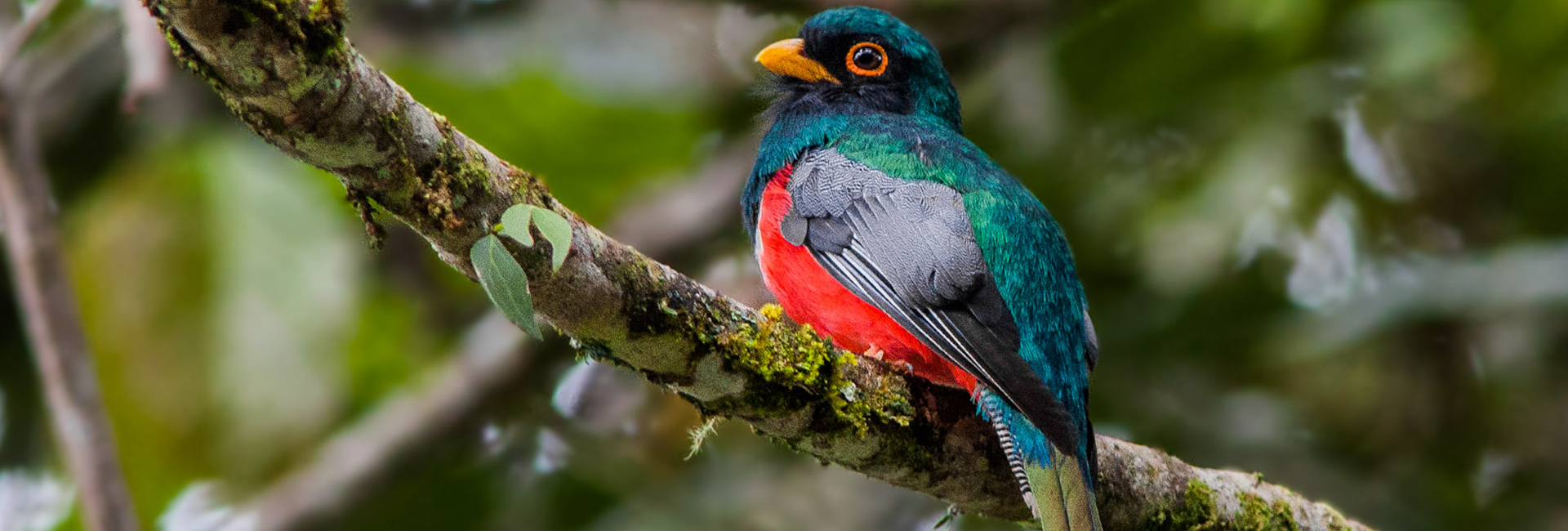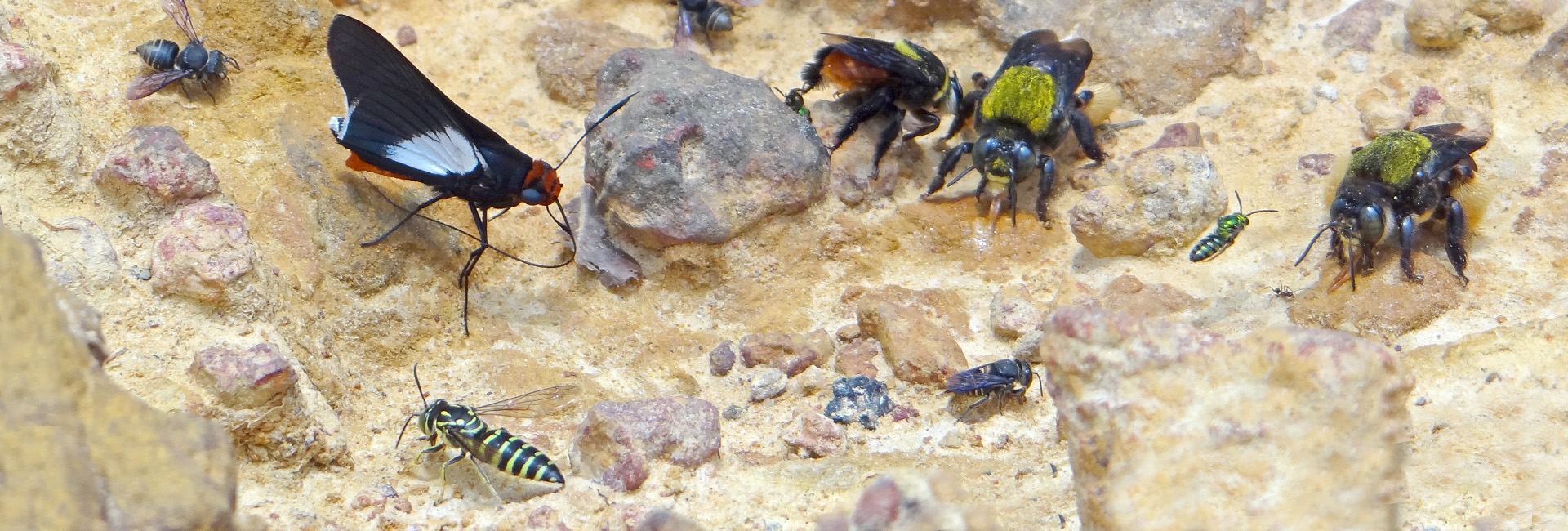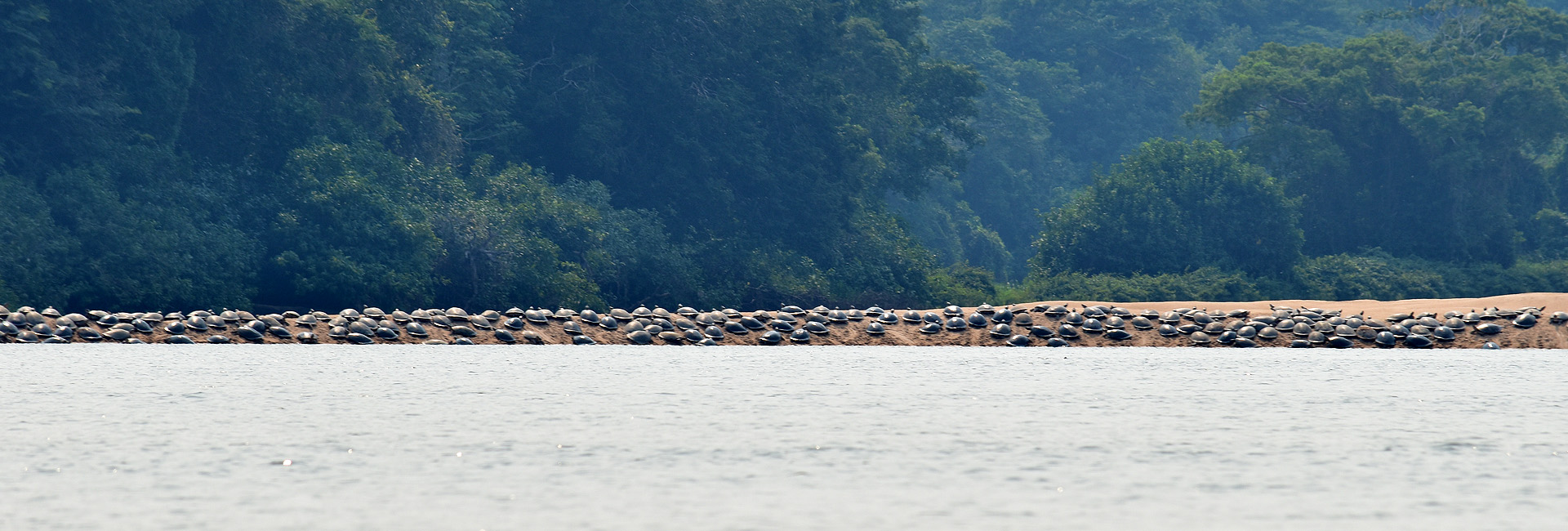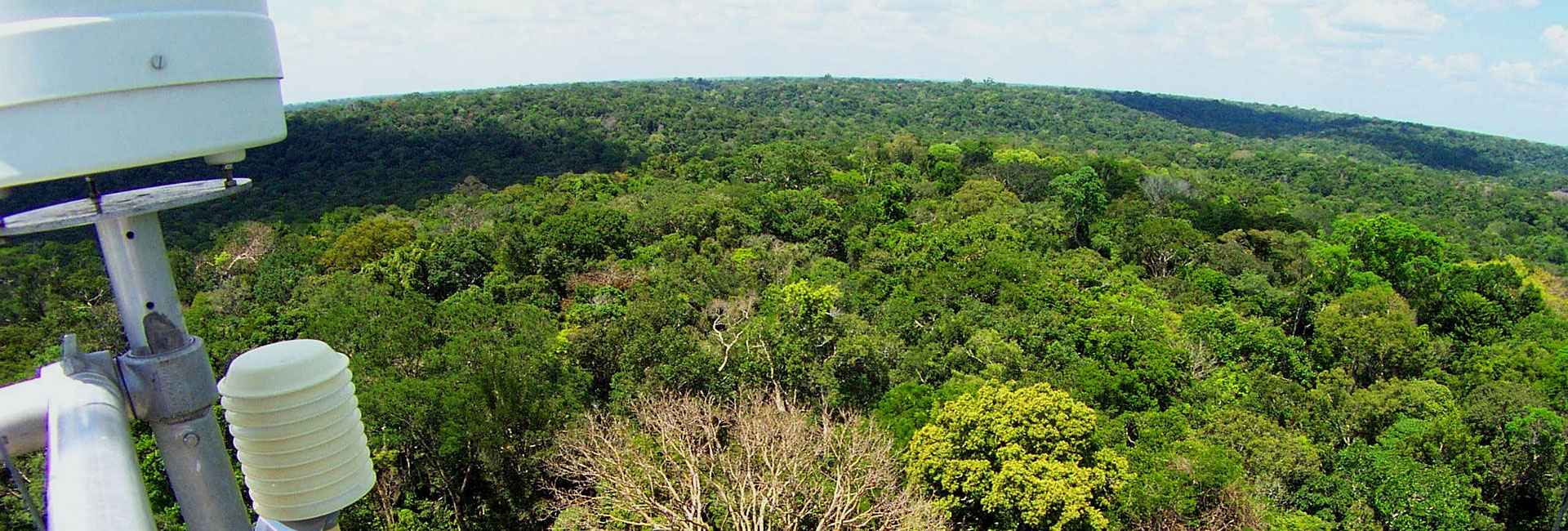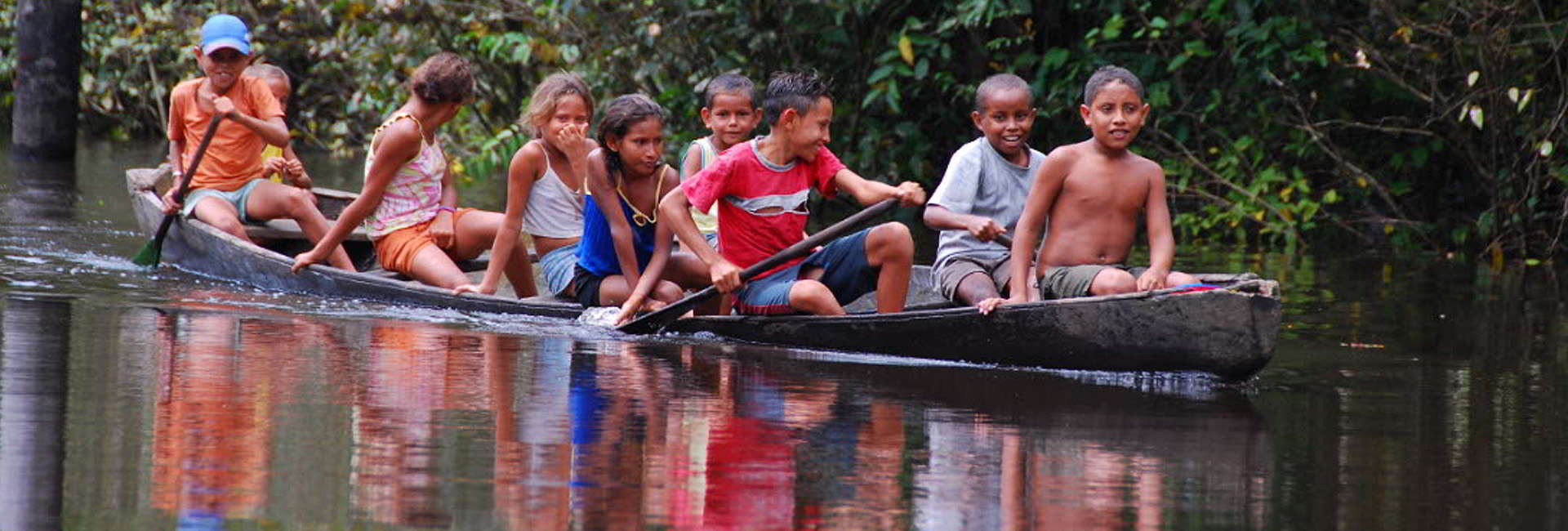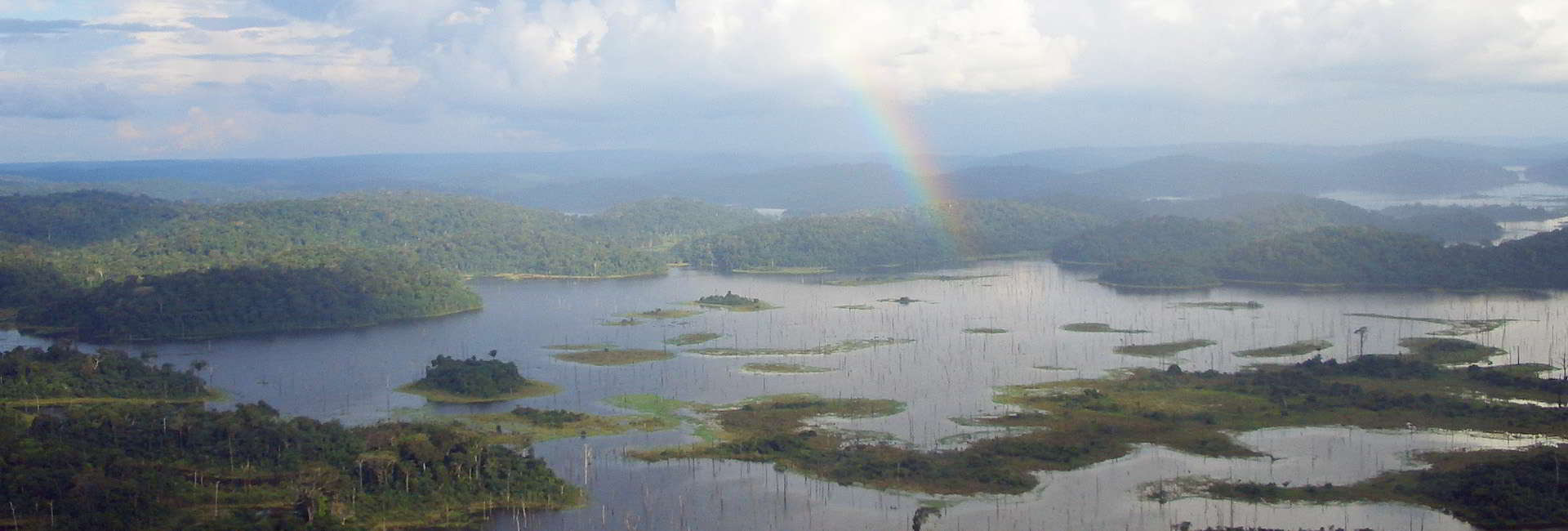Abundance variation in space and time: a test with Amazonian soil mites
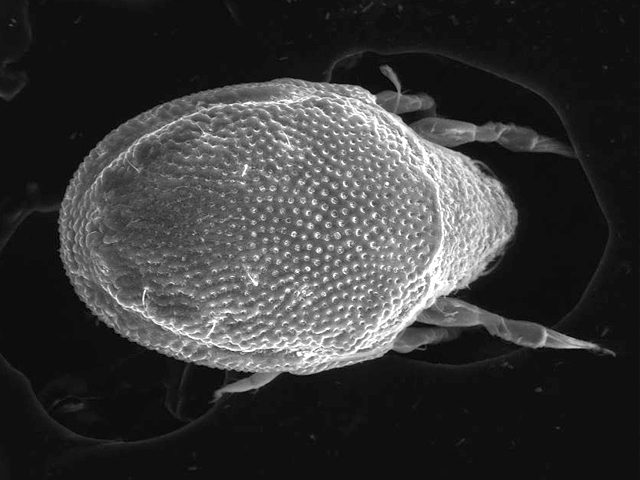 For his doctoral thesis in Ecology, Pedro Aurélio Costa Lima Pequeno used the soil mite, Rostrozetes ovulum in a rainforest environment to test the assumptions that observed spatial abundance patterns are constant over time, and that temporal abundance patterns are constant over space. His results were published in Pedobiologia and showed that the distribution of a species can be highly dynamic, even in sheltered, tropical forest soils. The results have implications for commonly used soil fauna sampling protocols.
For his doctoral thesis in Ecology, Pedro Aurélio Costa Lima Pequeno used the soil mite, Rostrozetes ovulum in a rainforest environment to test the assumptions that observed spatial abundance patterns are constant over time, and that temporal abundance patterns are constant over space. His results were published in Pedobiologia and showed that the distribution of a species can be highly dynamic, even in sheltered, tropical forest soils. The results have implications for commonly used soil fauna sampling protocols.
The abundance of species is a fundamental ecological parameter. Traditionally, the spatial and temporal dimensions of abundance are studied separately, so that their interaction and relative magnitude remain unclear. Therefore the study sought to evaluate both parameters simultaneously, to answer whether abundance varies more in space or in time, and whether spatial patterns are constant over time and/or temporal patterns are constant over space.
The cosmopolitan oribatid soil mite, Rostrozetes ovulum, which is common and abundant in Amazon rainforests, was chosen as the test orgaism. It is small (200–500µm long), short-lived and feeds on leaf litter. It is also parthenogenetic, and probably its abundance is mainly regulated by density-independent processes, and thus fluctuates more than in sexual species. Another aspect that makes R. ovulum a good model organism for spatiotemporal dynamics analysis of soil fauna abundance is that it has limited dispersal capacity, so that populations are virtually sessile and are likely strongly affected by environmental conditions at very small scales.
In temperate regions the abundance of soil organisms varies more over seasons than across sites within seasons. Environmental conditions are assumedly more stable in sheltered soils of closed-canopy rainforests, and it is unclear whether the seasonal variation in rainfall in the tropics has the same effect on soil fauna abundance as seasonal temperature variations in higher latitudes. Therefore the study also sought to answer whether temporal variation in mite abundance is seasonal, and whether the variation in abundance is related to spatial variation in habitat and/or temporal variation in rainfall.
The study was carried out in a terra-firme forest reserve of the Federal University of Amazonas, in Manaus, central Amazonia. Twenty 20m transects were distributed along streams (10 transects) and on higher ground al least 150m away from streams (10 transects). Each transect was sampled nine times along one year by taking one soil sample per meter. Mites were counted under stereomicroscope for each sampling occasion and each transect.
Mite abundance varied more in time than in space. Abundance correlated with rainfall, so that individual counts decreased suddenly as rainfall increased. Abundance also decreased markedly with rainfall in higher-ground transects, but was consistently low and virtually constant throughout the year in transects along streams.
The decrease in abundance with rainfall contradicted the generally positive correlation between soil fauna abundance and rainfall reported in the literature, and may be related to litter production. Litter tends to accumulate more in plateaus (higher ground) than in valleys formed by streams, and is also more abundant in drier than in more rainy months. Thus, the higher abundance on higher ground and during drier months may reflect higher litter density, which means more food and shelter availability for mites. Also, valleys are more prone to become waterlogged in rainy months, which is unsuitable for the mites.
The results suggest that R. ovulum (and perhaps other soil dwellers) may be highly susceptible to the effects of climate change.
The study concludes that abundance patterns of soil fauna can change drastically among sampling times along the year, so that evaluations based on localized samples in time and space may lead to biased inference. The authors recommend that assessments of soil fauna abundance and its drivers should consider both spatial and temporal dimensions.
The doctoral project of Pedro Aurélio Pequeno was supervised by Elizabeth Franklin, Roy A. Norton and José Wellington de Morais.
The image shows a micrography of an individual of the oribatid mite, Rostrozetes ovulum.



